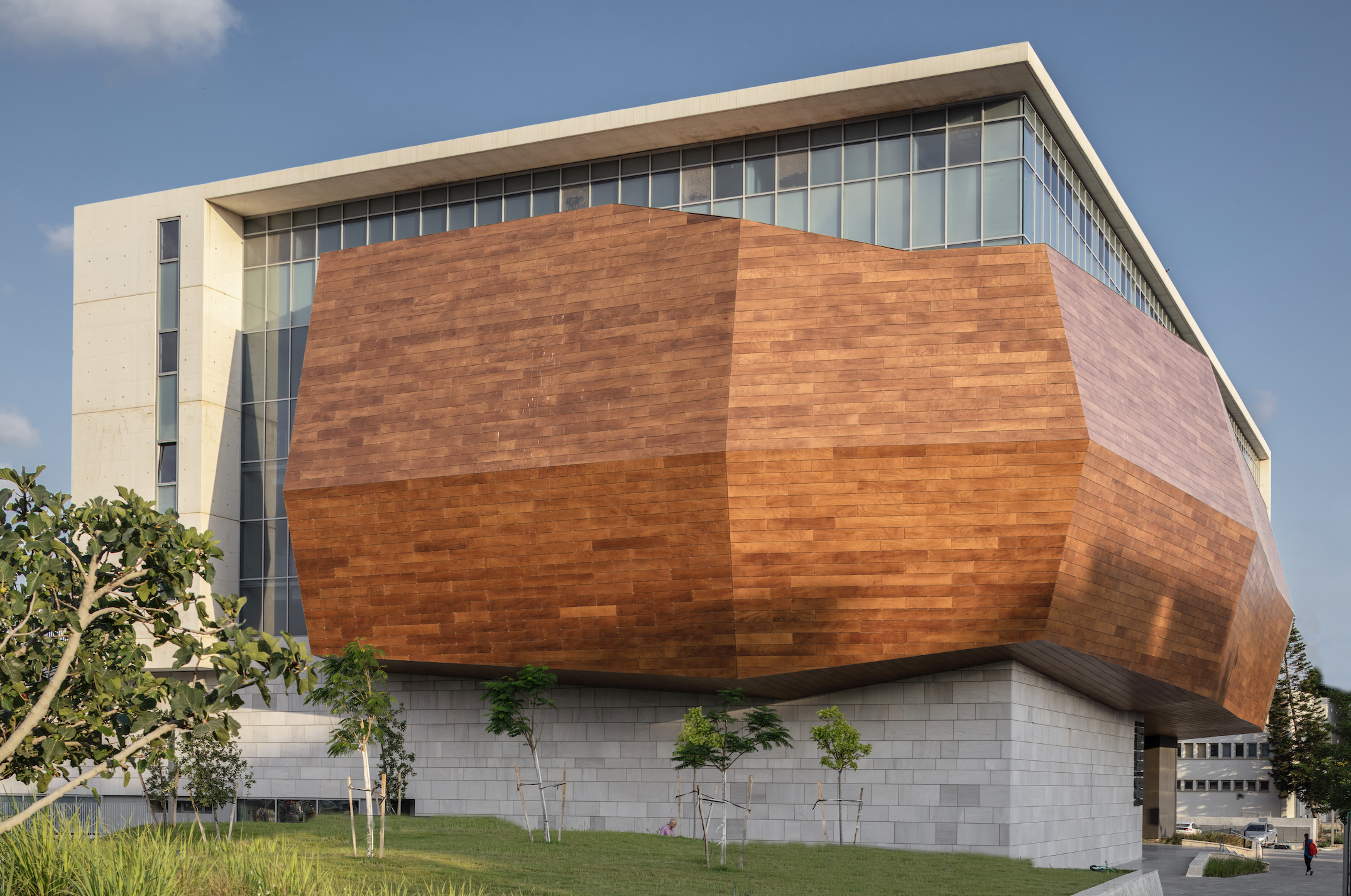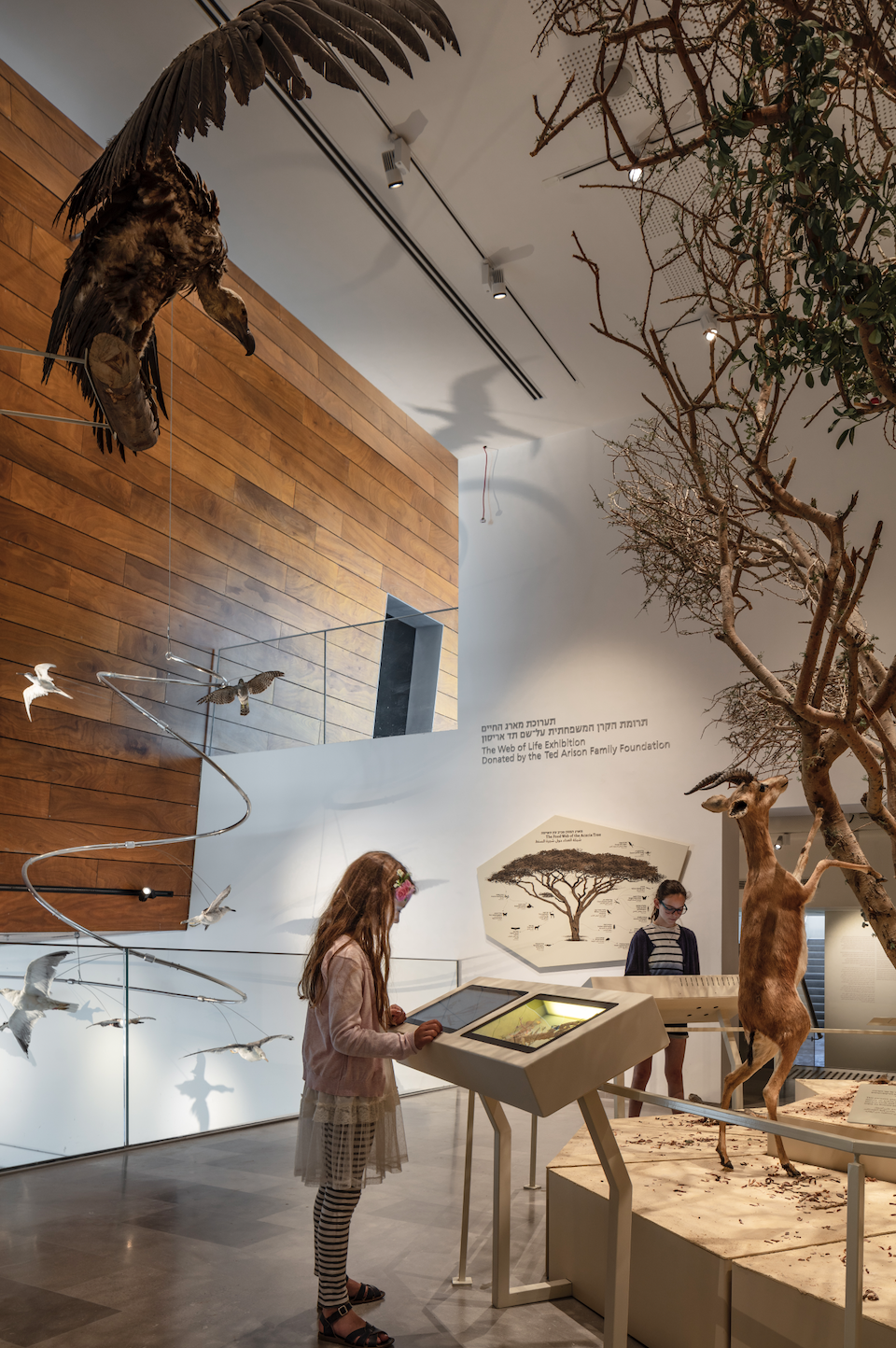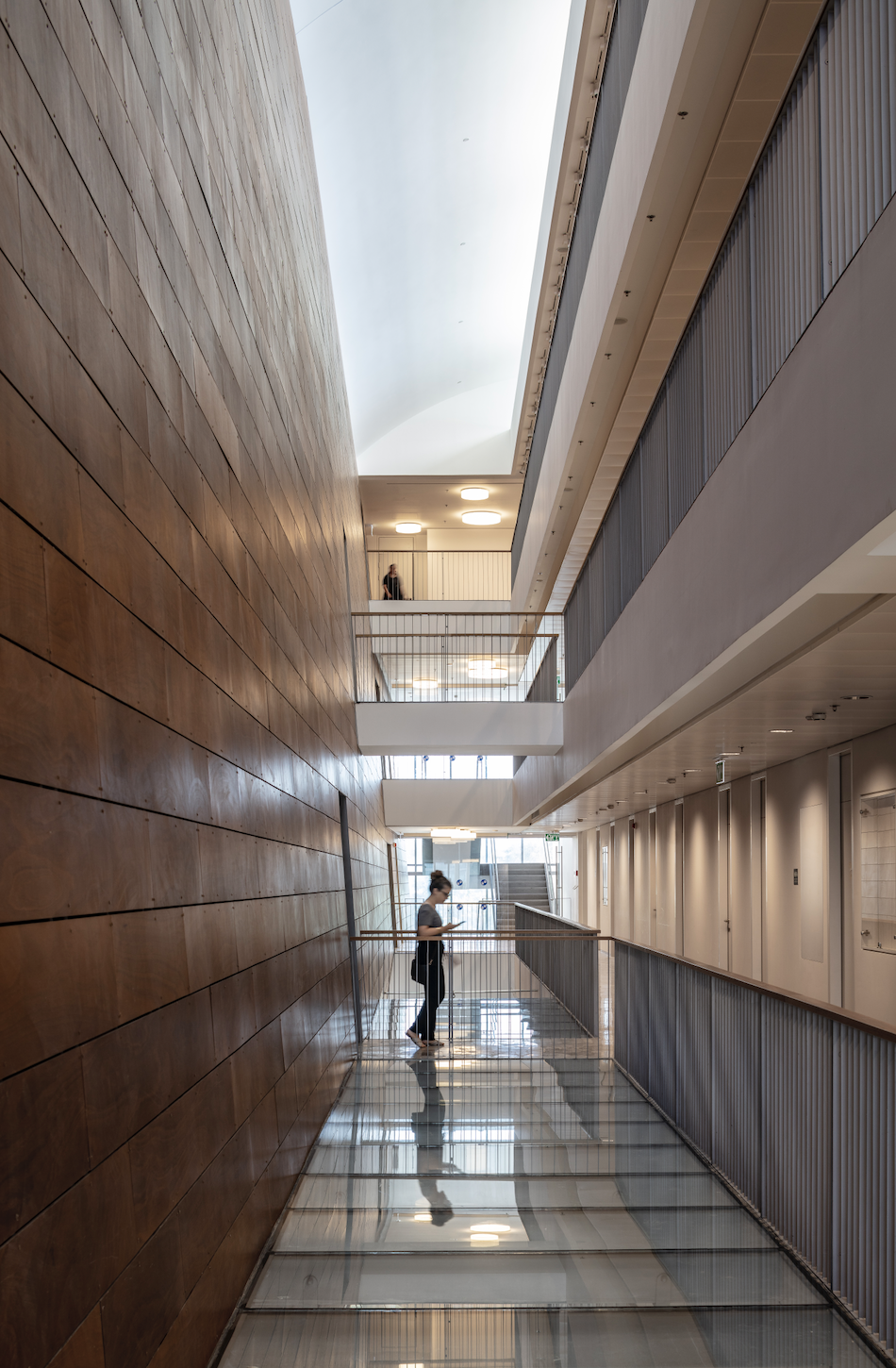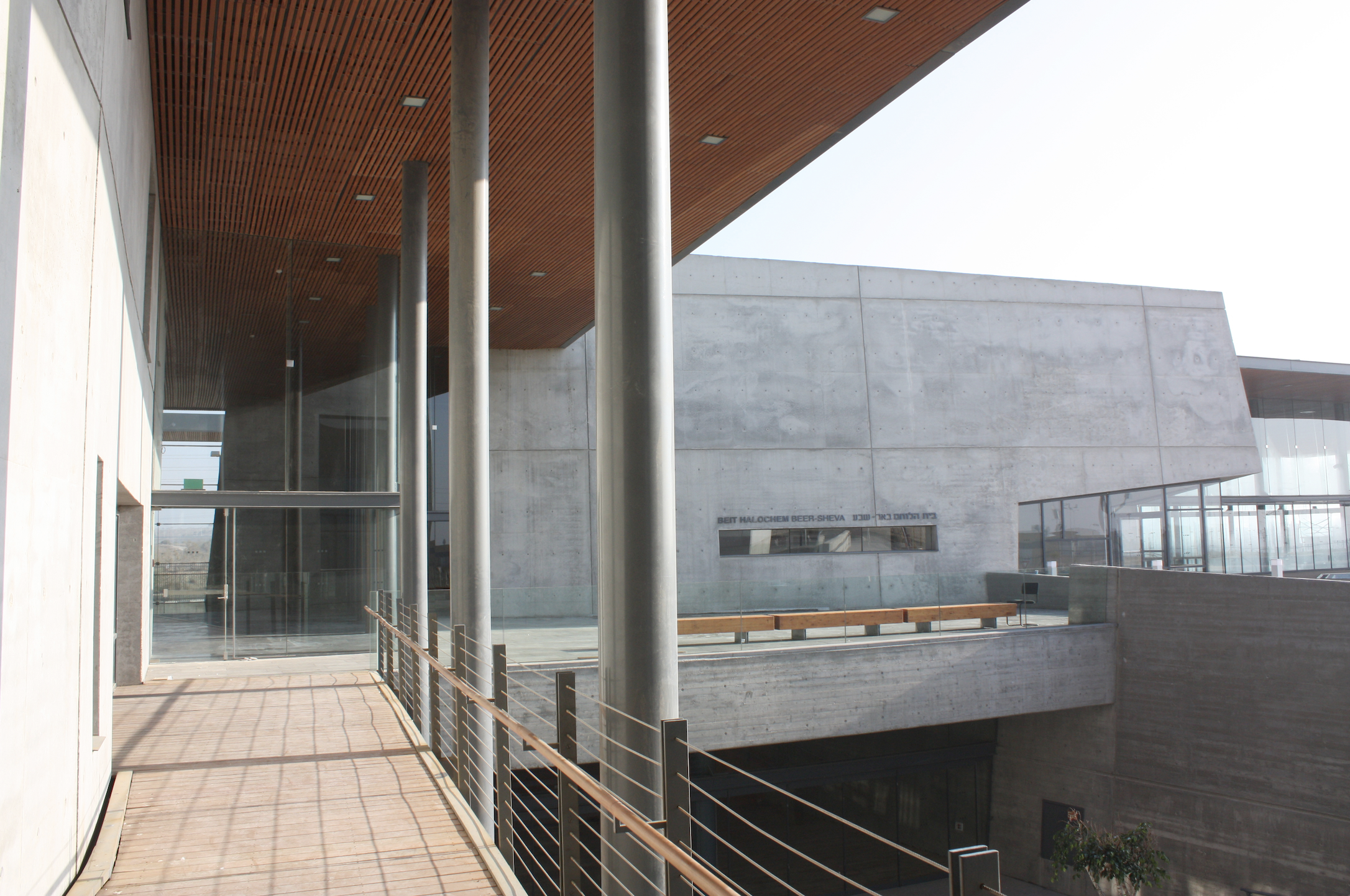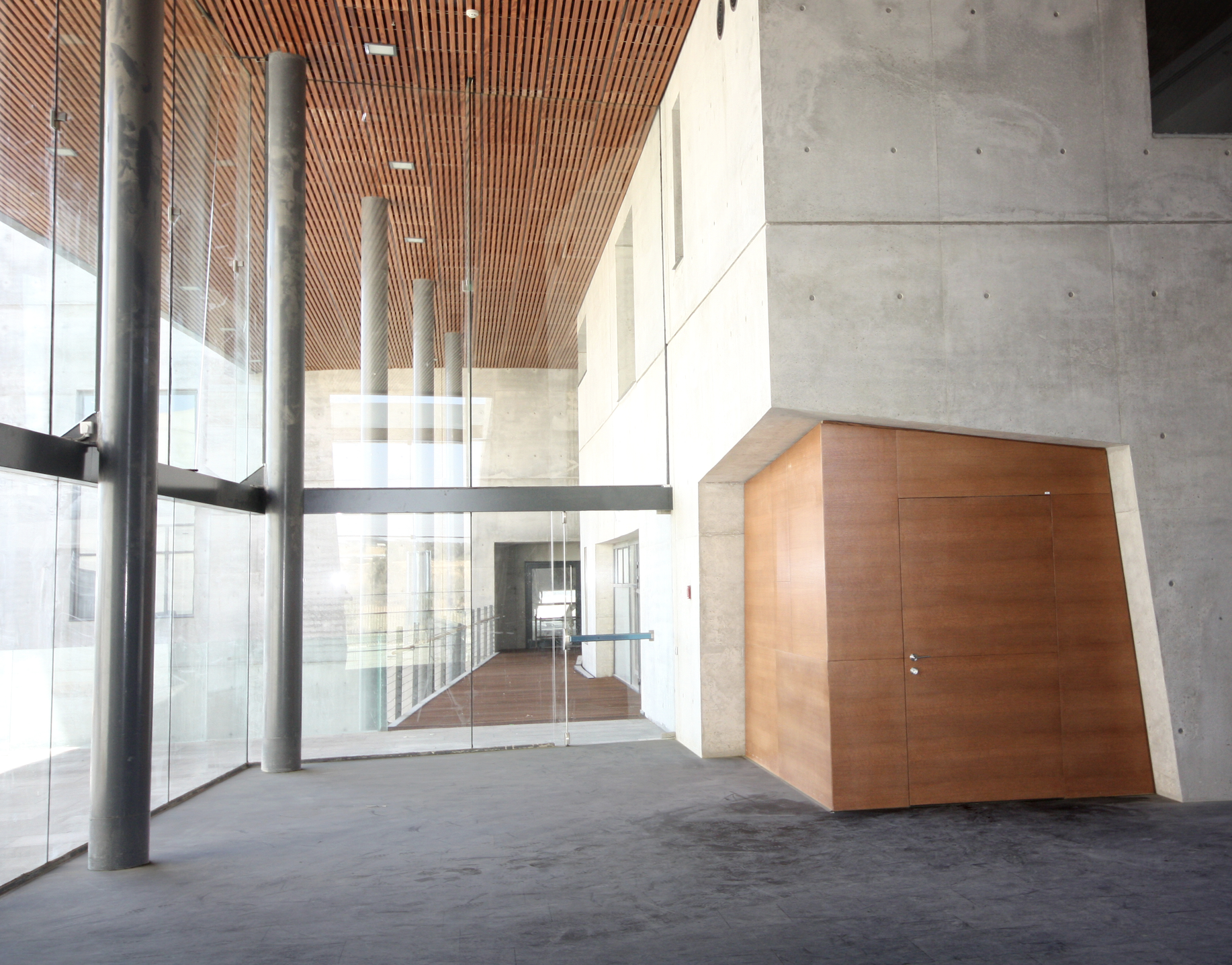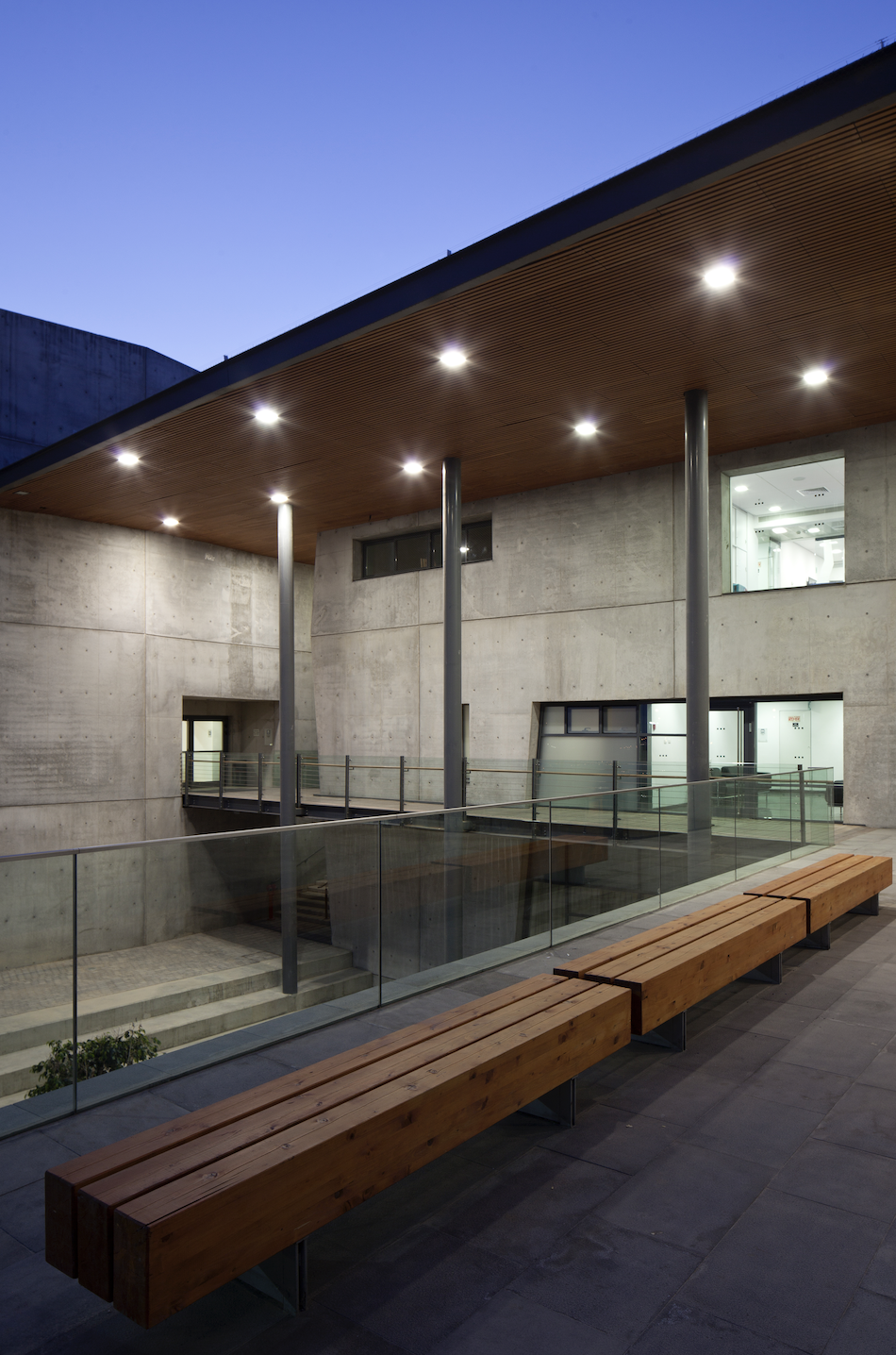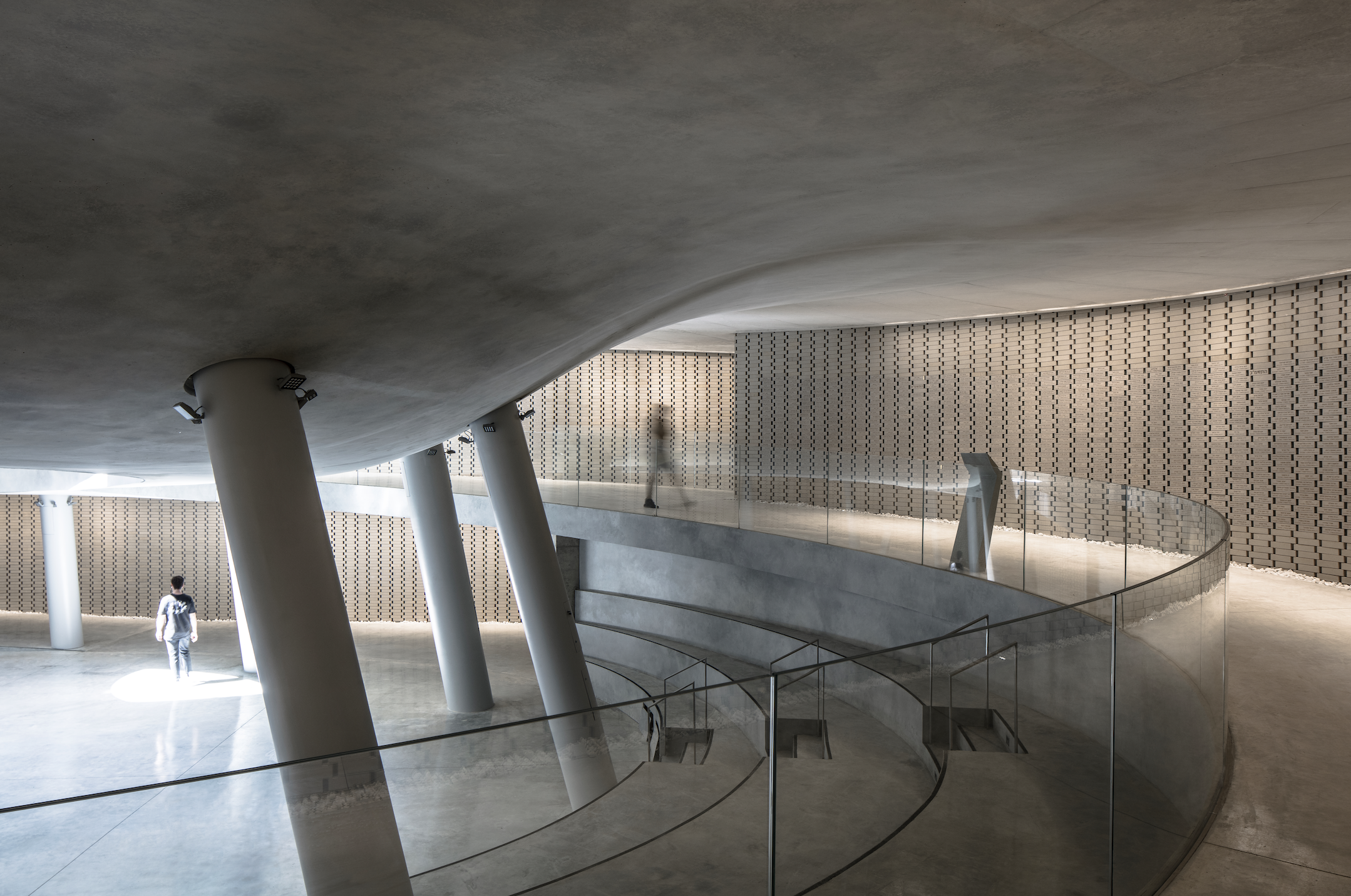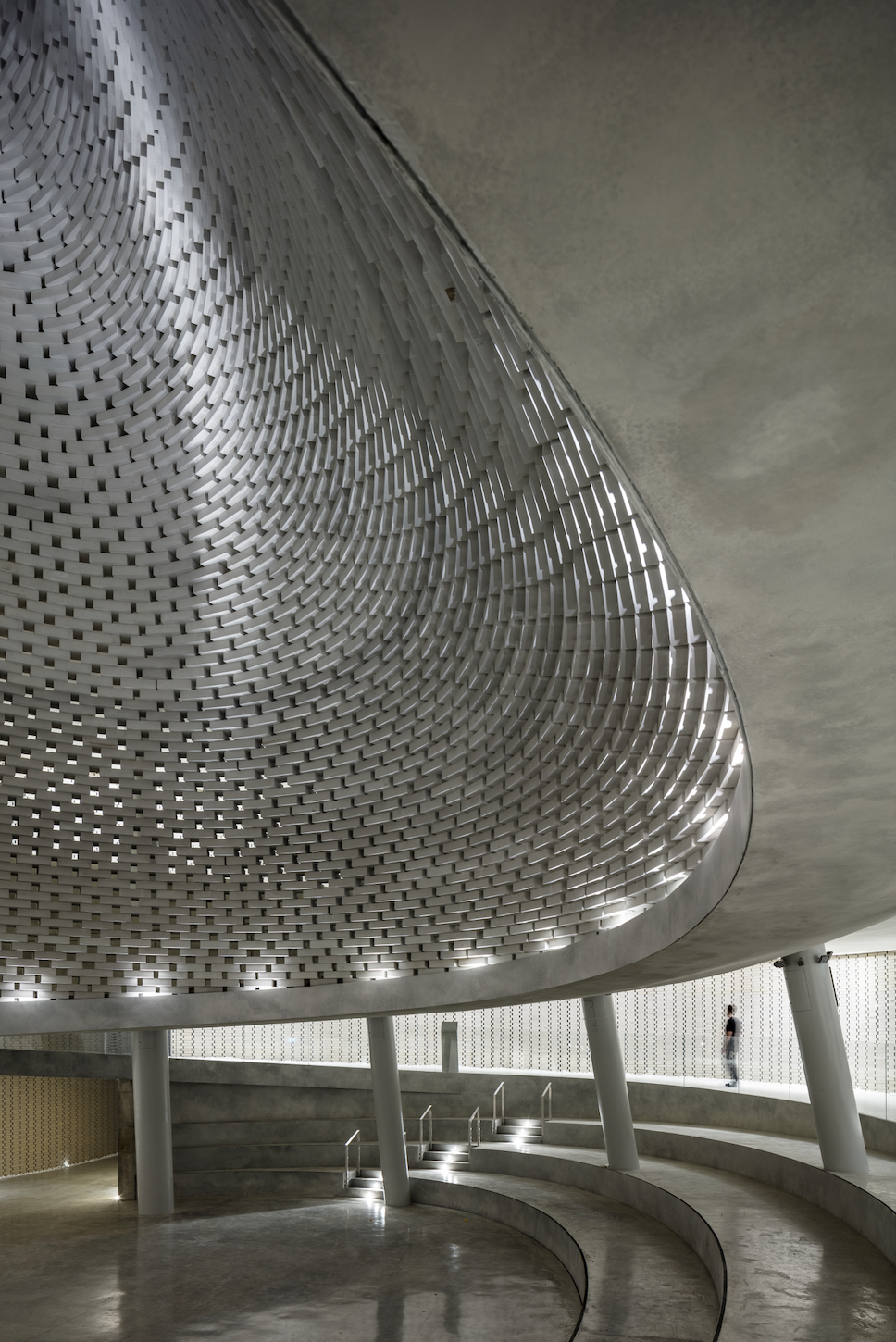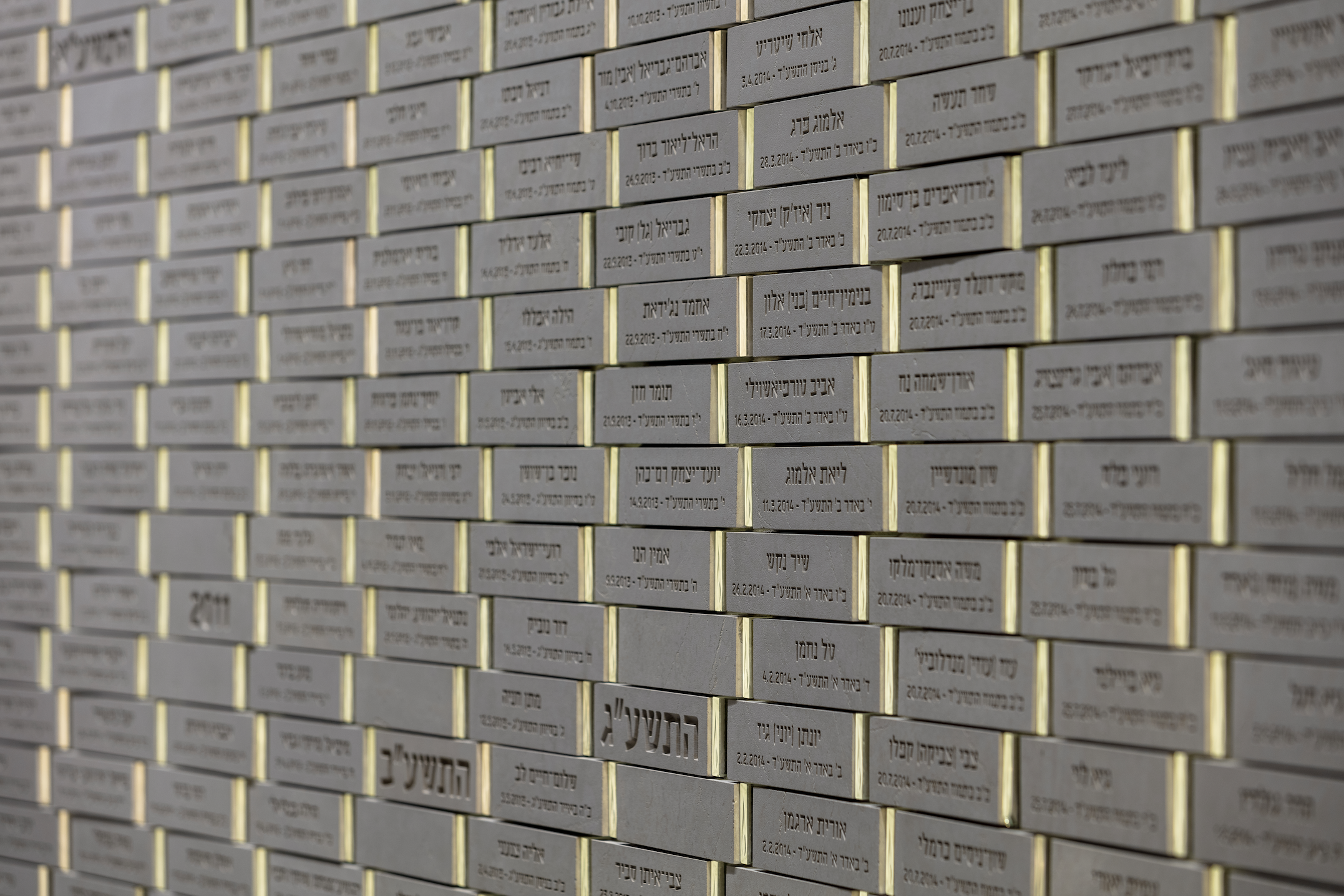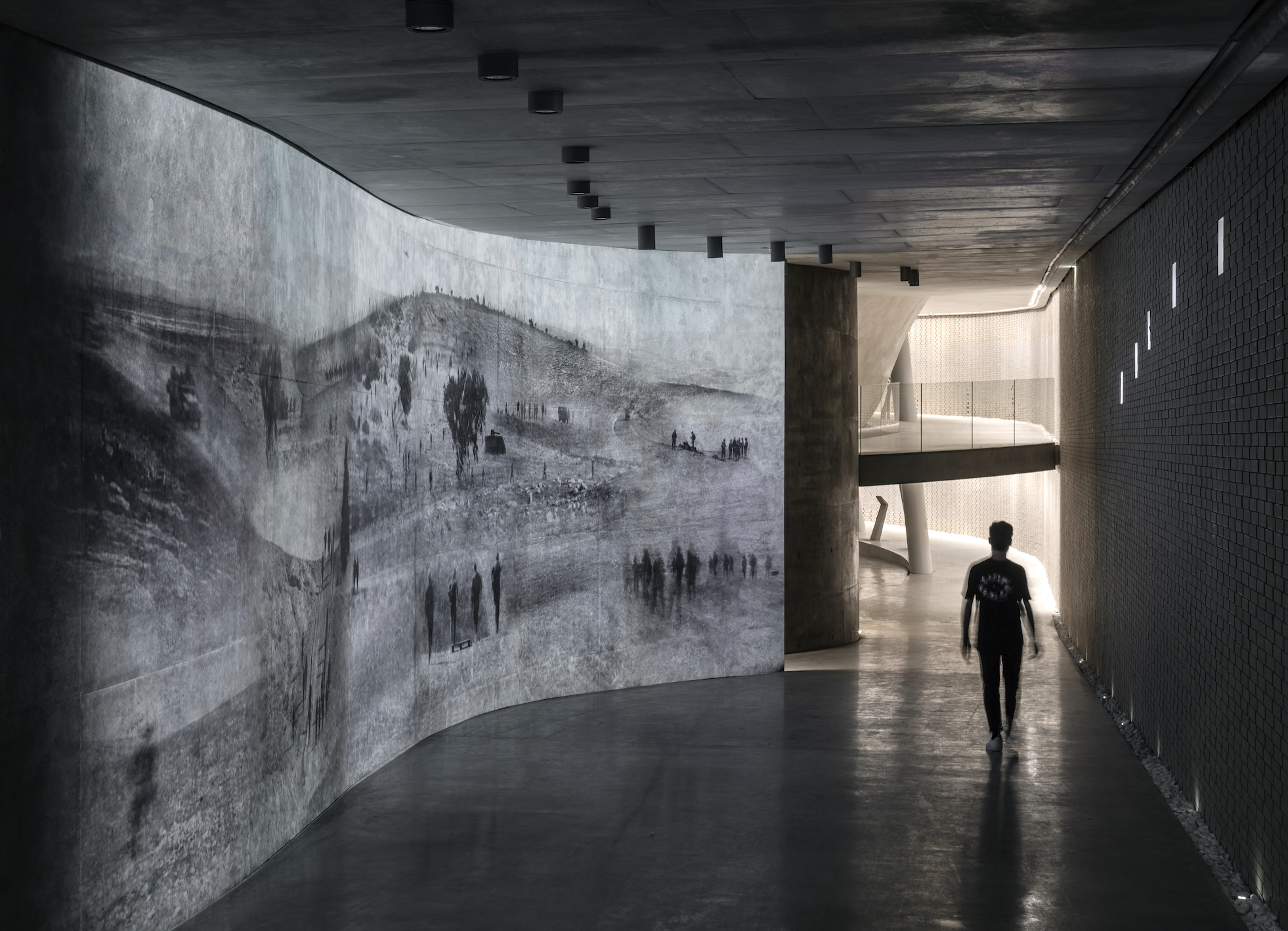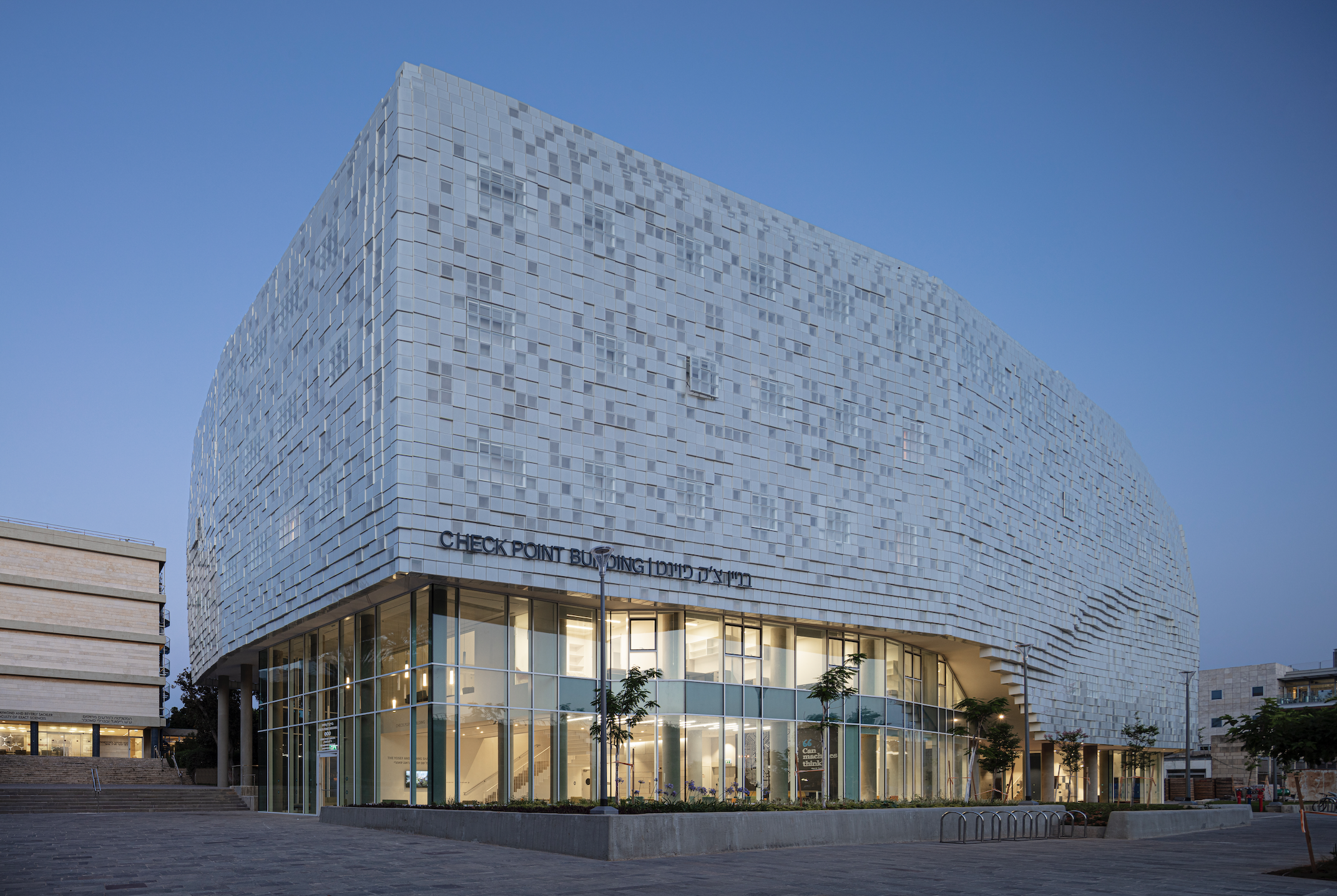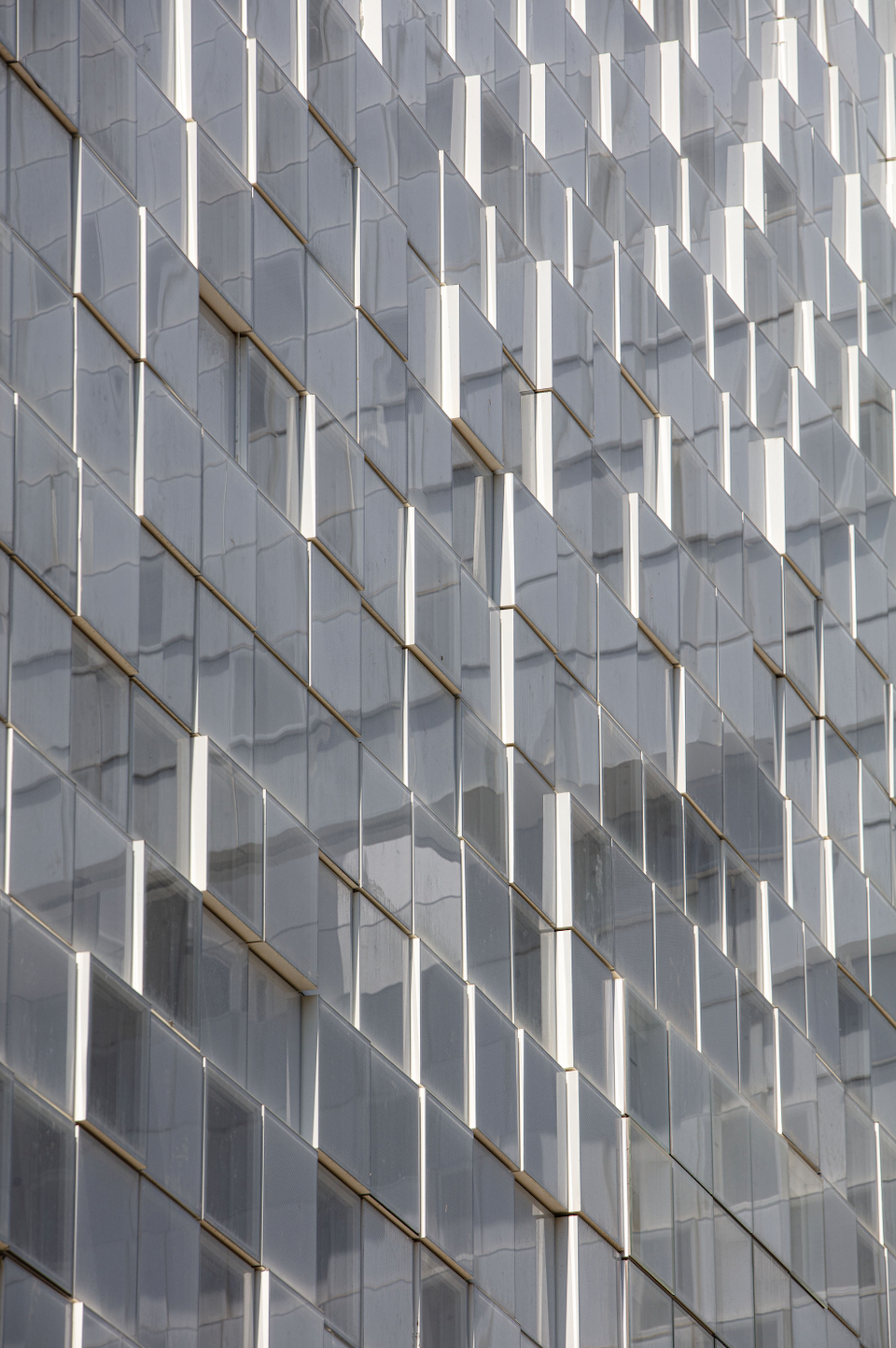Etan Kimmel is the co-founder of award-winning Kimmel-Eshkolot Architects, an Israeli architecture firm established in Tel Aviv in 1986. Over the years, the firm has worked on numerous high-profile public projects in Israel and Europe, bagging many local and international awards for its contribution to the architectural scene. Standout works that receive global accolades include the Memorial Hall of Israel’s Fallen at Mount Herzl (Jerusalem) and the Steinhardt Museum of Natural History at Tel Aviv University, amongst others. Asia Designers Directory connects with Etan Kimmel to gather insight into his work and designs.
You founded the award-winning firm Kimmel-Eshkolot Architects in Tel Aviv. This firm started out preserving and rehabilitating Neve Tzedek, the historical neighbourhood of Tel Aviv, and went on to achieve much more. Can you tell us about this journey that you embarked on and how did you continue to grow the practice over the years?
The journey of our firm certainly embodies the definition of evolution. After graduating from the Faculty of Architecture and Town Planning at the Israel Institute of Technology, Haifa, my wife and I established the firm as we recognised the architectural potential of our neighbourhood. Our first project was preserving Neve Tzedek, the historical neighbourhood of Tel Aviv. Then, we went on to pursue a few other projects that year. As young architects at that time, we enjoyed a good start as we had the opportunity to work on various projects including residential and restaurants.
- The Steinhardt Museum of Natural History, Tel Aviv, Israel (Photo credit: Amit Geron)
- The Steinhardt Museum of Natural History, Tel Aviv, Israel (Photo credit: Amit Geron)
- The Steinhardt Museum of Natural History, Tel Aviv, Israel (Photo credit: Amit Geron)
- The Steinhardt Museum of Natural History, Tel Aviv, Israel (Photo credit: Amit Geron)
- The Steinhardt Museum of Natural History, Tel Aviv, Israel (Photo credit: Amit Geron)
As we all know, the company has expanded in both depth and breadth since that time. What is your approach and key consideration for each project?
The first thing to note is that every project is unique, and this is what makes our profession interesting. Our attitude and philosophy are that we indisputably belong in the worldly built design context, and this is apparent in every new project we are commissioned to work on.
We are very interested in the context, be it the physical, climatic, or cultural context, and the property of the land we built on. The various contexts on which we build on fascinate us. We recognise that each project is truly unique because its relationship with the programme is so crucial. The relationship to the programme is a key factor in each project’s uniqueness. For whom are we creating? What function does the structure serve?
Last but not least, I would like to emphasise that technology is one of the aspects that we take into serious consideration when we embark on a project. We explore how a project is being built – taking into account the technology, electronics, and materials involved as we create the architecture. During this design process, we are concerned with the innovation of technological systems used in constructing an architecture.
- Beth Halochem Rehabilitation Center, Beersheba, Israel (Photo credit: Amit Geron)
- Beth Halochem Rehabilitation Center, Beersheba, Israel (Photo credit: Amit Geron)
- Beth Halochem Rehabilitation Center, Beersheba, Israel (Photo credit: Amit Geron)
- Beth Halochem Rehabilitation Center, Beersheba, Israel (Photo credit: Amit Geron)
We understand you’ve worked on a wide range of projects, from large public works projects to small-scale residential projects. Which project is the closest to your heart and the most challenging?
All projects are close to my heart. We believe that our office benefits greatly from being involved in all aspects of design, from interior design to urban design, and that each field benefits the others. We are interested in and involved in projects of all sizes as we consider foremost the potential of each project.
Needless to say, construction projects take a longer time to complete compared to interior design projects, but all projects, be they big or small, teach us a lot about others. The Mount Herzl Memorial Center, in Jerusalem, commissioned to commemorate Israeli military losses is, in my opinion, the most moving project we have completed thus far.
- Mount Herzl Memorial Hall, Jerusalem, Israel (Photo credit: Amit Geron)
- Mount Herzl Memorial Hall, Jerusalem, Israel (Photo credit: Amit Geron)
- Mount Herzl Memorial Hall, Jerusalem, Israel (Photo credit: Amit Geron)
- Mount Herzl Memorial Hall, Jerusalem, Israel (Photo credit: Amit Geron)
- Mount Herzl Memorial Hall, Jerusalem, Israel (Photo credit: Amit Geron)
You are such an influential figure in the Tel Aviv architecture scene, having made so much impact on the landscape. How do you think the overall landscape has changed, and what is your biggest takeaway from the past decades?
The city has truly transformed. The oldest precinct of Tel Aviv, Neve Tzedek, is now a hybrid city overflowing with contemporary vibes, yet with its characteristic bar houses and the oldest heritage architecture from the city.
I realise how important preservation is as I look back to its history. Jerusalem’s landscape has also undergone significant evolution. In addition to working preserving old buildings and neighbourhoods, we have also been privileged to uncover three thousand years old archaeology. Working on these projects has been both gratifying and meaningful.
I would say that Israel has matured and developed very rapidly. There are many similarities between our country and Singapore in terms of size and population, where we have to work around problems such as congestion by building rooftop parks. A large-scale project that Singaporeans can genuinely relate to is our dense vertical metropolis, which scales about 60 to 80 storeys high.
- Asif Culinary Institute, Tel Aviv, Israel (Photo credit: Amit Geron)
- Asif Culinary Institute, Tel Aviv, Israel (Photo credit: Amit Geron)
- Asif Culinary Institute, Tel Aviv, Israel (Photo credit: Amit Geron)
- Asif Culinary Institute, Tel Aviv, Israel (Photo credit: Amit Geron)
Technology has progressed and is an important aspect of architecture. How have shifts in technology impacted your work?
Technology is a critical consideration in our projects, and we are constantly coming up with new methods to unleash technology to elevate our designs. With the Memorial Center on Mount Herzl, for instance, a single memorial brick displaying the name of a deceased soldier and an accompanying light that is lit on the day of his death is fundamental for the project. For this project, the brick is made in a unique and precise way, and it is then used to construct the light funnel in the centre of the structure in a special shape that allows light to pass through the bricks’ lattice. The end result is visually impactful, dramatic and moving.
The other project is the iconic Computer Science University in Tel Aviv, purposefully designed around the theme of clouds. Manoeuvres can be created using the pixel of glass to create different levels of transparency and space. Undoubtedly, technology is an enabler that allows us to be more imaginative and pursue more cutting-edge designs.
- The Check Point Building for the Faculty of Computer Sciences, Tel Aviv University, Israel (Photo credit: Amit Geron)
- The Check Point Building for the Faculty of Computer Sciences, Tel Aviv University, Israel (Photo credit: Amit Geron)
- The Check Point Building for the Faculty of Computer Sciences, Tel Aviv University, Israel (Photo credit: Amit Geron)
What are you working on at the moment?
We are presently working on the prestigious Albania Jewish Museum in Vlorë, a museum that will serve as a symbol of history of the Jewish community in Albania. This was an architecture competition that we won a year ago. In addition, we have two more major ongoing projects, one of which is the expansion of the Tower of David Museum in Jerusalem, which includes a new multi-level sunken entrance pavilion, as well as the expansion of the Israel Museum of Tel Aviv – another very special project for us.
What do you envision the architecture of tomorrow to be like?
As the Senior Lecturer at the Technion Faculty of Architecture, Haifa, my students and I have been actively discussing the issue of sustainability in design. In my opinion, the younger generation surpasses preceding generations in their effort towards achieving zero waste and zero carbon architecture.
Globalisation in building designs will be an additional design component in the future. As we learn about the cultures and principles of various civilisations, we find that the architecture of the world overlaps and mirrors one another. So I’m really looking forward to witnessing how these two elements influence one another in the evolution of design. To sum up, I believe that localism and sustainability will be important factors in future designs.

